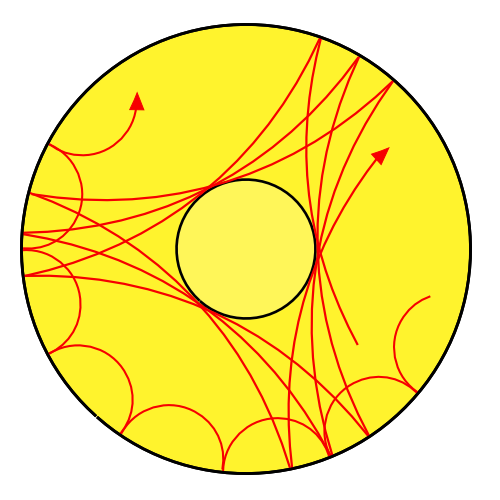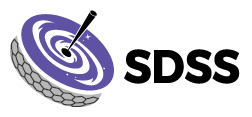The goal of this program is to obtain spectra for stars with detectable asteroseismic signals, in particular stars observed photometrically by the TESS mission. The start of SDSS-V overlapped with the nominal mission of the TESS satellite and therefore we did not have information on which stars had detected oscillations when we began observations. Therefore we chose to target bright red giants throughout most of the sky, expecting that some reasonable fraction of them would have detectable oscillations and yielding a simple selection function that will enhance the legacy value of this program.

Figure taken from: Wikipedia
In the nominal 2-year mission of TESS, full-frame images were taken every 30 minutes. Only giants, rather than subgiants or dwarfs, will have most of their frequencies longer than 30 minutes. Therefore in this target generation, we focus on stars with MH < -1. Very luminous giants have even lower frequencies (longer periods), which require more than a month of observations to resolve. Therefore, we only expect to identify these frequencies in stars observed in many sectors (e.g. in the continuous viewing zones near the ecliptic poles during the primary mission. However, the extended mission will add more dwell time in regions beyond the continuous viewing zone. Optimistically, the continued data flow from TESS will mean that seismic signals will be detected in more giants across the sky. Therefore we do not exclude any regions of the sky based on dwell time in this target generation.
We do exclude the Galactic plane. The TESS pixels are large (21′ x 21′) and in crowded regions of the Galaxy many sources will be in a single pixel. It is still unclear how well individual red giant sources can be identified in crowded regions. Therefore, we initially did not target anything within 20 degrees of the plane.
Cartons
Red Giant Asteroseismic Cartons in Targeting Generation v0.5.3
There is one carton in this program for v0.5.3. The J, H, and K magnitudes are from 2MASS while the TESS magnitude (T) is from the TESS Input Catalog v8. The parallaxes (in mas) are from Gaia DR2.
- mwm_tessrgb_core
- H < 12
- T < 13
- J-K > 0.5
- |b| > 20 degrees
- parallax > 0 and MH < 1 OR parallax < 0 where MH = H-10+5*log10(parallax)
Cadence
Targets are assigned a cadence based on their H magnitude to achieve a signal-to-noise of at least 80, using our empirical knowledge of the exposure time needed for H=11 star to achieve a signal-to-noise ratio of 100.
![]()
Number of exposures = ![]() rounded to the nearest integer.
rounded to the nearest integer.
The minimum number of exposures is 1 and the maximum 6, so the full list of cadences is:
- bright_1x1
- bright_1x2
- bright_1x3
- bright_1x4
- bright_1x5
- bright_1x6
